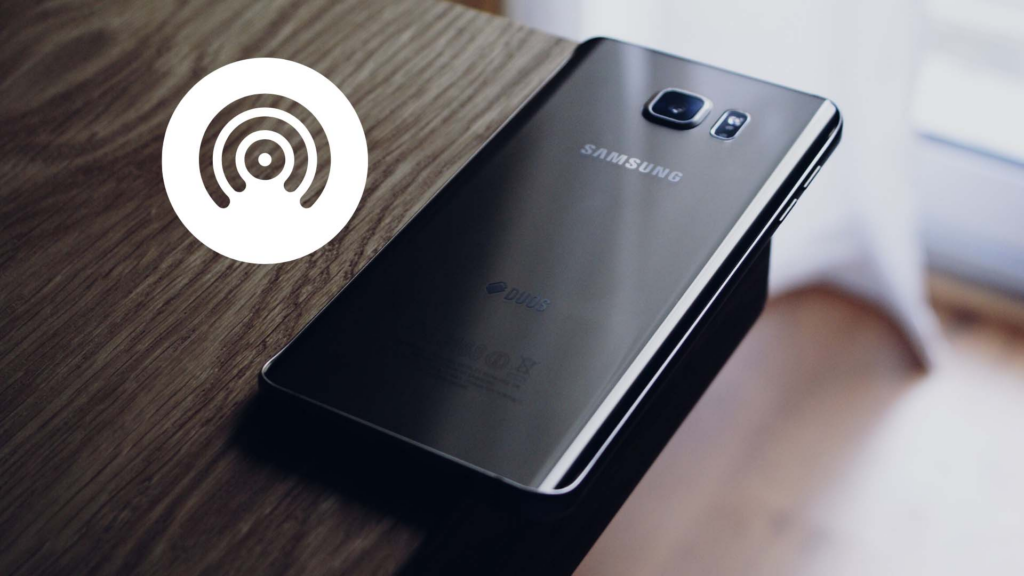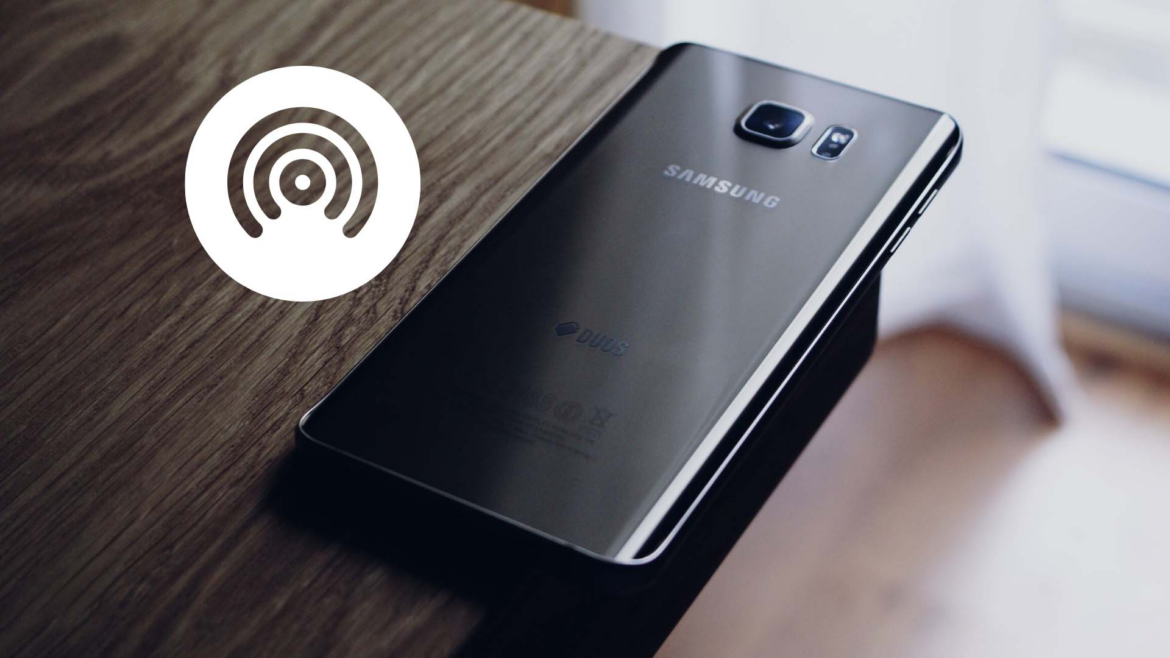
One of the top Android smartphones on the market is the Samsung Galaxy. The Korean OEM is also doing a respectable job on the software update front, regularly updating its typical customers with the most up-to-date security patches. On Samsung Galaxy handsets, the standard official firmware you may flash to either downgrade, update, or recover your phone is one item that isn’t always simple to find.
We’ll walk you through the process of manually locating the correct update package for your Samsung Galaxy smartphone, downloading it to your computer, and then flashing the target device with the new firmware in this guide.
Samsung official firmware types
Samsung Galaxy smartphones and tablets lack a real fastboot interface for firmware flashing, in contrast to the majority of Android devices. The Korean OEM created their own firmware flashing tool called “Odin,” which was model after the Norse mythology’s ruler of the gods. Odin interacts via a unique piece of software called “Loke,” which appears to name after a significant figure from Norse mythology (commonly referred to as “Loki”). On Samsung smartphones, Loke operates in download mode and offers the features required to carry out a flashing operation.
Similar to the factory images for the Google Pixel models, Odin firmware files are compact into a single bundle and made accessible through a GUI application rather than a command-line tool like fastboot.
The incremental and complete OTA zip files offer by Samsung’s FUS (Firmware Update Server) are there to deploy utilizing the stock recovery environment.
Obtaining Samsung official firmware
You should first check to see whether the updates are already in deliver over-the-air to your device before beginning the manual download. It’s really simple to download and install an OTA update. OTA updates are often announce via a notice. If not, use these instructions to see if your Samsung Galaxy mobile has the update:
- Access Settings.
- Tap Software update after scrolling down.
- Click Install and download.
- If an update is available, follow the instructions to install it. If not, it will indicate that your phone is current.
We can use the manual download techniques if your phone says its software is current but you are aware that an update is available for your model.
The recovery-flashable package for downloading
On Samsung Galaxy devices, capturing the OTA package is a bit of a challenge because you need to set up a packet sniffing tool in advance to extract the download URL.
- Set up the packet sniffer software on your computer or phone.
- Don’t interrupt the update download after you’ve started it using your phone’s built-in updater.
- Activate the sniffer tool once more, find the URL that begins with fota-secure-dn.ospserver.net, and copy it.
- Using the extracted URL, download the.bin file, then change the extension to.zip.
Download the Odin-flashable package
Samsung keeps up a number of carrier- and region-specific update channels. Therefore, before downloading the Odin firmware, you must ascertain the precise consumer software customisation code, often known as the CSC number, of your device. Remember that it is possible to cross-flash a different firmware or change the CSC of an existing device, but detailing such adjustments is outside the purview of this article.
- Get Samsung Phone Info by downloading it from the Google Play Store. This will reveal your CSC value as of right now. You can move directly to step 3 if you already know what it is.
- Open Samsung Phone Info and select the CSC Code tab. There need to be a selection that reads Active CSC code. You will need this three-character code for a subsequent step, so write it down.
- To find the CSC code, you may alternatively utilize the secret Samsung-specific Android code *#1234#. Even after booting the stock recovery, the active CSC code is shown.
- Samsung Firmware Downloader may download. Zachary Wander, one of our own, developed this wonderful program, which can download all Samsung Galaxy firmware files.
- Be aware that alternative tools exist with comparable features. The Samsung Firmware Downloader is more adaptable than the others because it is open-source and cross-platform.
- Enter your model number where it reads “Model” after opening the downloader. SM- will use to begin this. If you don’t include the SM-, your files won’t download. Next, input the three-character CSC value you previously entered in the region area. Click Check for Updates after that. Your device’s most recent firmware may be found using this.
The recovery-flashable package for downloading
- If no update is displayed, it may be because your carrier does not use Samsung’s servers for updates and does not maintain any content that Samsung Firmware Downloader may access. If this is the case, try looking for the official firmware of your choice in the sub-forum for that particular device. Usually, it will upload there.
- Select a file location after clicking Download. The download and decryption will commence at this point. Depending on the speed of your CPU and network, this might take some time. When the file is prepared for flashing and the decryption process is complete, Samsung Firmware Downloader will notify you.
Installing Samsung official firmware
Depending on the firmware type, a PC may need for the installation process. Keep in mind that Odin, for instance, needs Windows when attempting to upgrade the firmware on any Samsung phone.
Make sure you have the most recent version of Android Debug Bridge (ADB) installed before sideloading using recovery
- Update.zip should be given to the downloaded.bin package.
- Rebooting now into recovery mode. You may use the volume buttons to scroll down and the Power button to choose an entry inside the default recovery environment.
- Using a functional USB cord, connect the phone to the PC and choose to install an update through ADB.
- Run the command below in the Command Prompt/Terminal window.
adb devicesWatch to make sure the daemon launch and that your device has discover. then execute the subsequent instruction.
adb sideload PATH_TO_update.zipYou should notice a percentage counting as the updating process begins. The phone will reboot itself, update the applications, and log into your home screen after the procedure is finish.
Sideloading through recovery: Using an SD card
- The downloaded.bin package should be renamed to update.zip, and it should copy to the root directory of your SD card.
- Now restart in recovery mode, choose the option to apply an update from an external storage device by pressing the Power button.
- Select the update.zip file next in a similar manner.
- The revision will begin. Due to the lengthy nature of the process, wait until it is over.
- The phone will automatically reboot and load the new firmware.
Flashing via Odin
The first step is to get the correct Odin. Samsung does not put the utility on a public download page since it is never intend for usage by customers. Fortunately, validated versions of the Odin tool are in a repository by XDA Senior Member realbbb. Additionally, he provides “3B patched” versions of Odin that can cross-flash while getting around a variety of stop conditions.
- Grab the most recent Odin package from the aforementioned post, then unzip the file to a location you can recall.
- Make sure the Samsung Android driver package is up to date and installed.
- Switch your phone off and start it in download mode:
- Press Power + Home + Volume Down for around 5 seconds on older Samsung Galaxy smartphones.
- Press Power + Bixby + Volume down or Bixby + Volume down on a new Samsung Galaxy handset for roughly five seconds.
- When the device is power on and connected to a computer, you may also use the ADB command shown below.
adb reboot bootloaderA temporary Fastboot interface may be there on some Galaxy smartphones from the current generation. After executing the aforementioned ADB command, if your phone enters the Fastboot mode, you must conduct a hard reboot to return to Android and select the next command to enter the Download mode:
adb reboot downloadFlashing via Odin cont’d
You should see a screen with a sizable download symbol in the center and a binary flashing confirmation dialog. To get to the real download mode, press the relevant button. A new device should appear in the Device Manager window if the correct drivers are loading.
Run the exe file as administrator to launch Odin on your computer. A teal box with the words “Added!” should be visible in the ID:COM column. Your device is currently connected and in download mode.
- The BL, AP, CP, CSC, and USERDATA buttons are located in Odin’s main area. These denote related firmware files:
- Bootloader (BL)
- Android system partitions, according to AP
- Core Processor, or the firmware for the modem
- CSC: Customized consumer software
- USERDATA: Pre-installed carrier services and applications
- All five of these files might not be required. It depends on the flashing object.
- Choose the single.tar.md5 file as the AP on older Samsung Galaxy smartphones.
- Choose the correct binary for each slot on new Samsung Galaxy smartphones.
- You should be aware that flashing a HOME CSC binary as CSC does not erase your data. If you wish to start over, pick the CSC binary from the CSC tab if you’ve already installed a custom recovery like TWRP and a custom ROM like LineageOS and want to return to stock firmware. The /data partition and the device’s internal storage will totally erase.
- After double-checking everything, click the Start button if everything appears to be in order. Both on the phone and in Odin, a progress bar will be shown.
The procedure will take some time, and the phone could restart several times. Don’t disconnect it until the procedure is finished. When the procedure is finished, a “PASS!” status will appear above the ID:COM part.
- Enjoy your phone’s upgraded official firmware!
Verification
Open Settings from the app drawer or the gear icon in the Quick Settings menu once the phone has reached the home screen. Then, pick About Phone and then Software details at the bottom of Settings. Next, identify the value for the Build number field. The Odin firmware package you previously downloaded ought to be the same.
I’m done now. As you can see, manually updating the official firmware on your Samsung Galaxy smartphone isn’t particularly challenging, but it’s also not a simple process. You should now be able to comprehend and follow the procedure more easily thanks to this lesson.
Read more: What Is com.samsung.android.app.telephonyui?: A Comprehensive Guide



